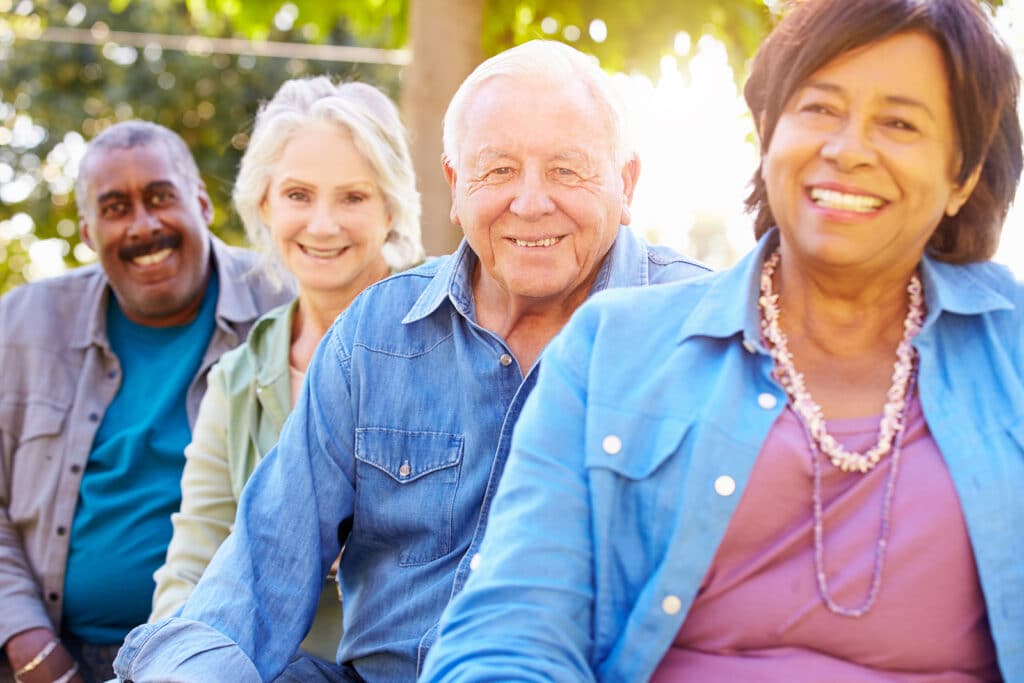If age is just a number, then why do common descriptors of people who’ve reached a certain number of years often seem more like a stigma? That’s because when it comes to aging, language matters. The words we use to describe our parents and grandparents reflect our vision of their capabilities and their contributions. But it also says a lot about us too. At Vitality Living, we consider it important to use language that shows our respect and appreciation. Here’s how we approach the question, senior or older adult?
Being a Senior or Older Adult as Part of Life’s Journey
A natural part of life, aging is an organic transformation bound into human experience. When we label older people, it sometimes is a reflection of society’s efforts to cut off that experience. Seniors become those people- the ones we don’t want be, so we give them a separate name, their own designation.
But language can have just the opposite effect. We can choose words that suggest joy, vitality, energy, and continued creativity. We can craft a vocabulary that embraces and celebrates the natural process of aging. Perhaps we should talk about evolving, growing, and experiencing a full life. See? There are ways to describe aging that are empowering, not minimizing.
Senior or older adult: why does it sometimes seem difficult to find the right words? Everyone wants to live longer, but no one wants to be old. At the same time, there’s just something silly about insisting that grandma is “89 years young!” Language must be kind and should be encouraging, but it also has to be honest.
The Rise of “Older Adult”
That’s why terms like “older adult” have become increasingly accepted. Caregivers, housing communities, and journalists are coming around to this terminology too. In fact, the Journal of the American Geriatrics Society has even recommended refraining from using words like “seniors” and “elderly” and instead using the term “older adult” when describing individuals aged 64 and older.
First of all, it’s honest. Everyone is older than someone, by definition. It’s a factual representation of this individual’s status and achievements. Yes, longevity is an achievement. Simply making it this far merits recognition and respect.
A term like this also seems to be free of the stigmas that accompany labels like “elderly,” with its implications of physical incapacity and a diminished mental state. It would seem incongruous for your “elderly” aunt to take a spin class, but a bunch of older people getting together to pursue physical wellness and mental stimulation—that makes perfect sense!
The “Senior” Living Experience Has Evolved
This is also more reflective of today’s senior living experience. However well-intended, terms like “elderly” and “seniors” are antiquated, reflecting the image of dusty bingo halls and rocking chairs of years past.
Older adults are the wisest living generation. They have contributed a great deal and are still learning and growing. They have gotten this far (no small trick!) and remain an important part of our families and society regardless of whether we refer to them as senior or older adult. However, when we embrace a new terminology, we make room for people to be who they are and express themselves in new and vibrant ways, unhindered by the stigma of labels that no longer apply.
For more information, download our Senior Living Options Guide today! Or contact us today to schedule a tour of a community near you.




